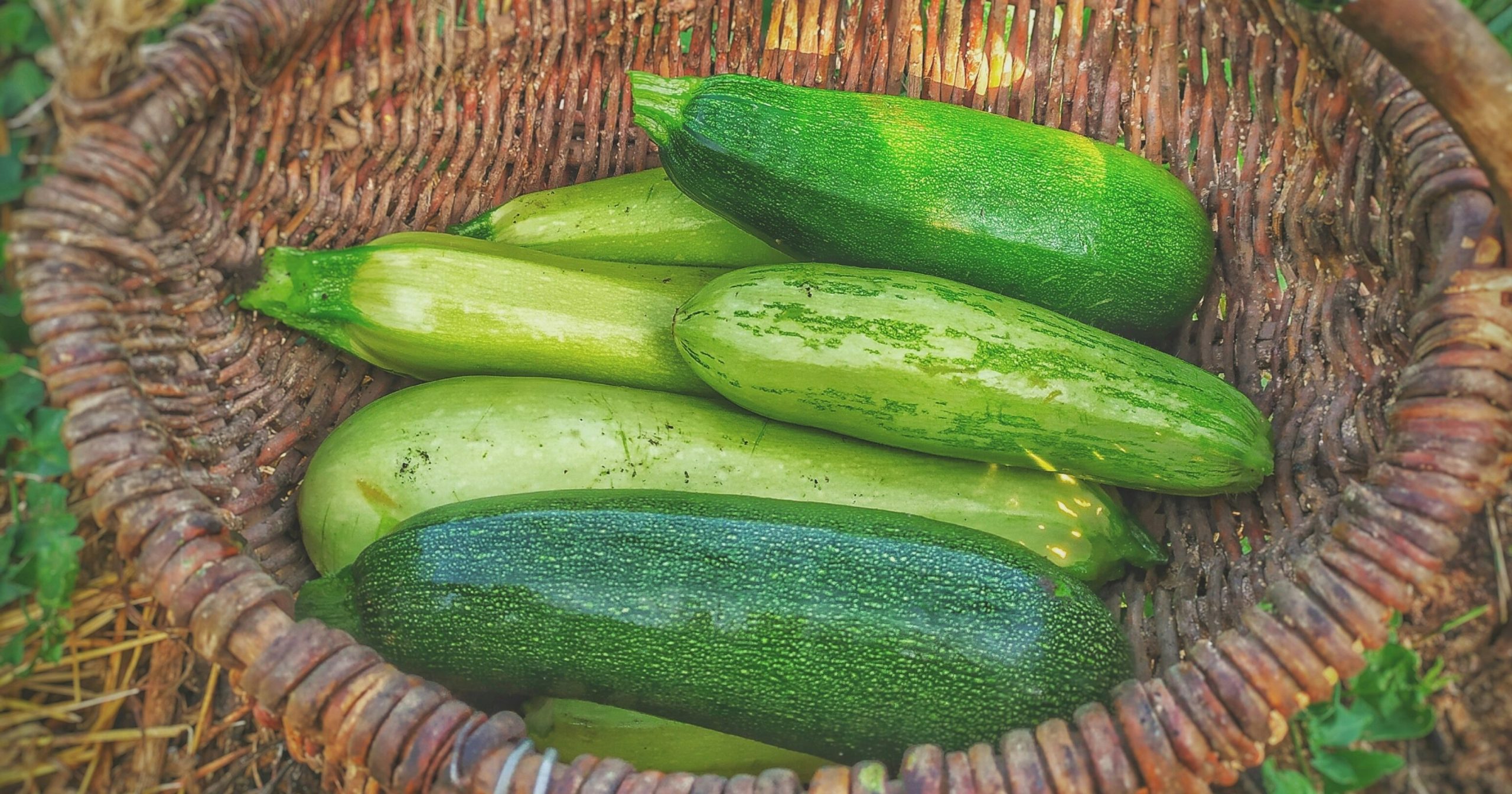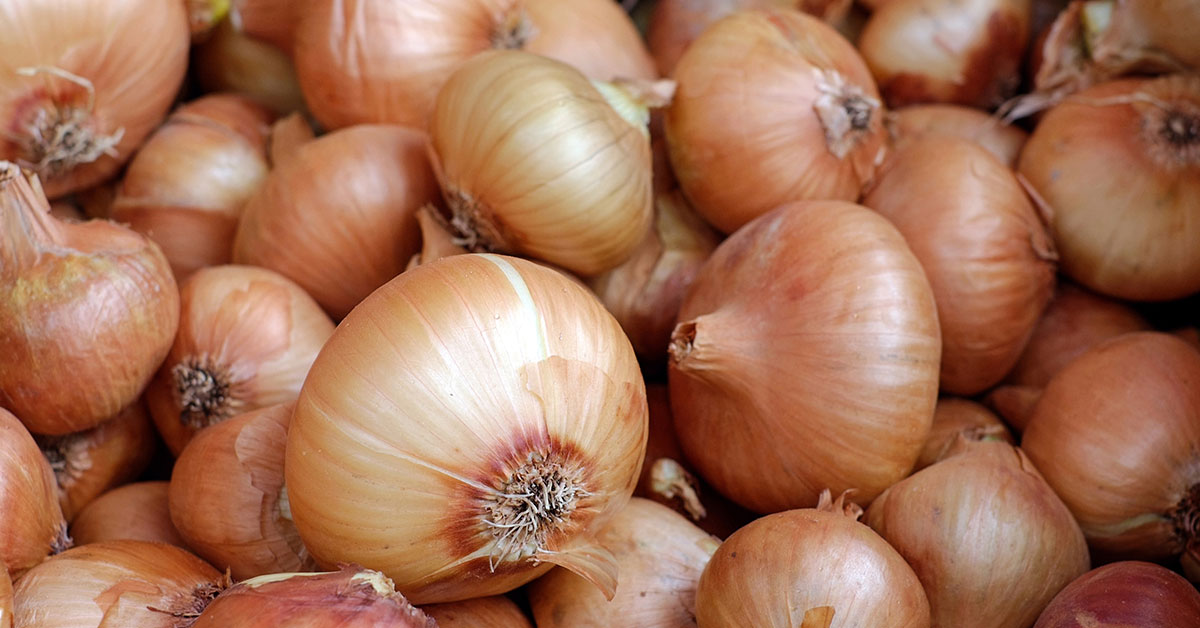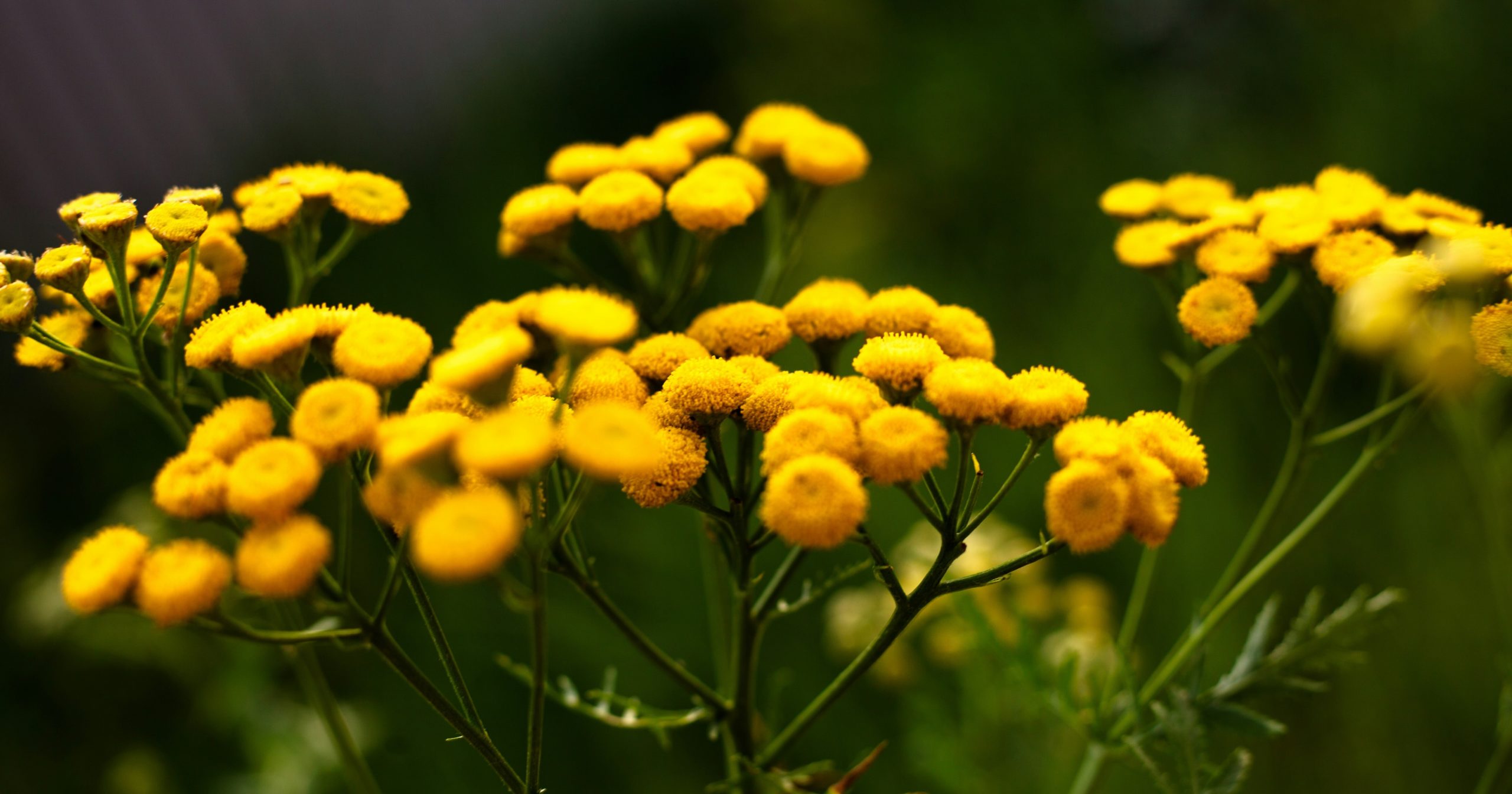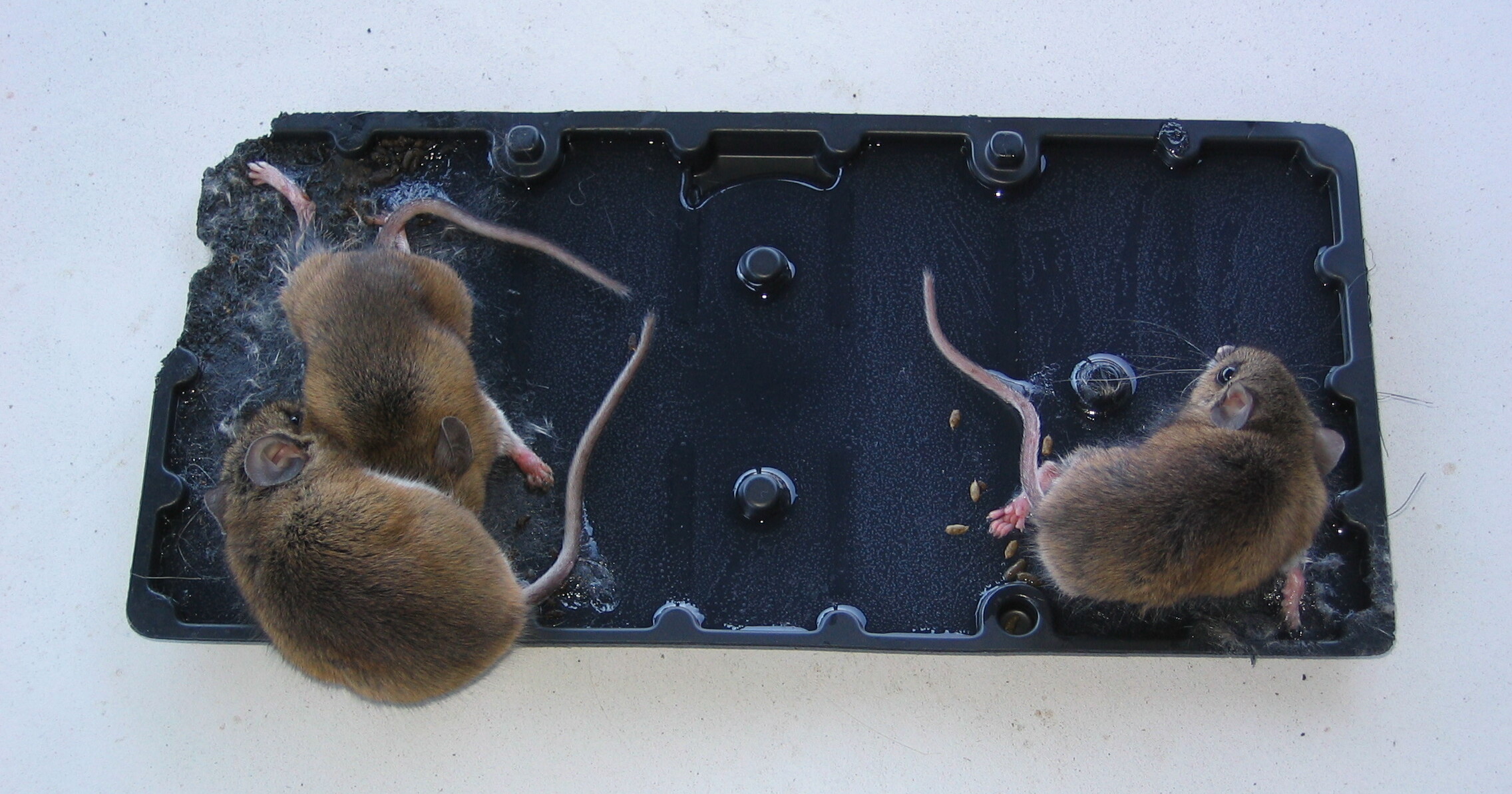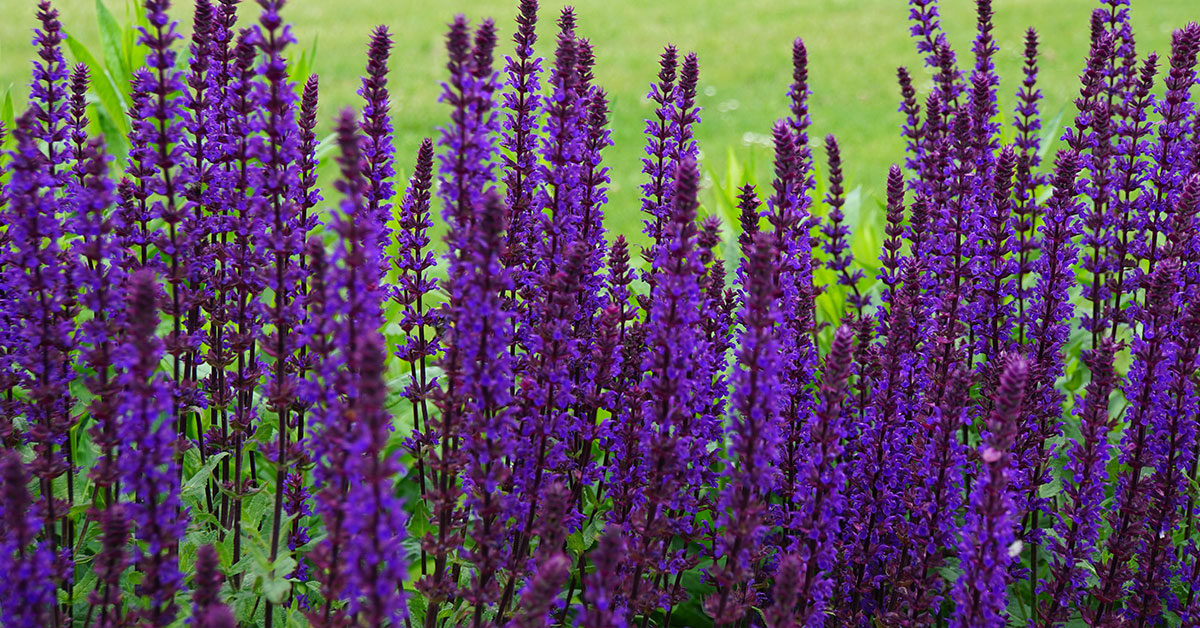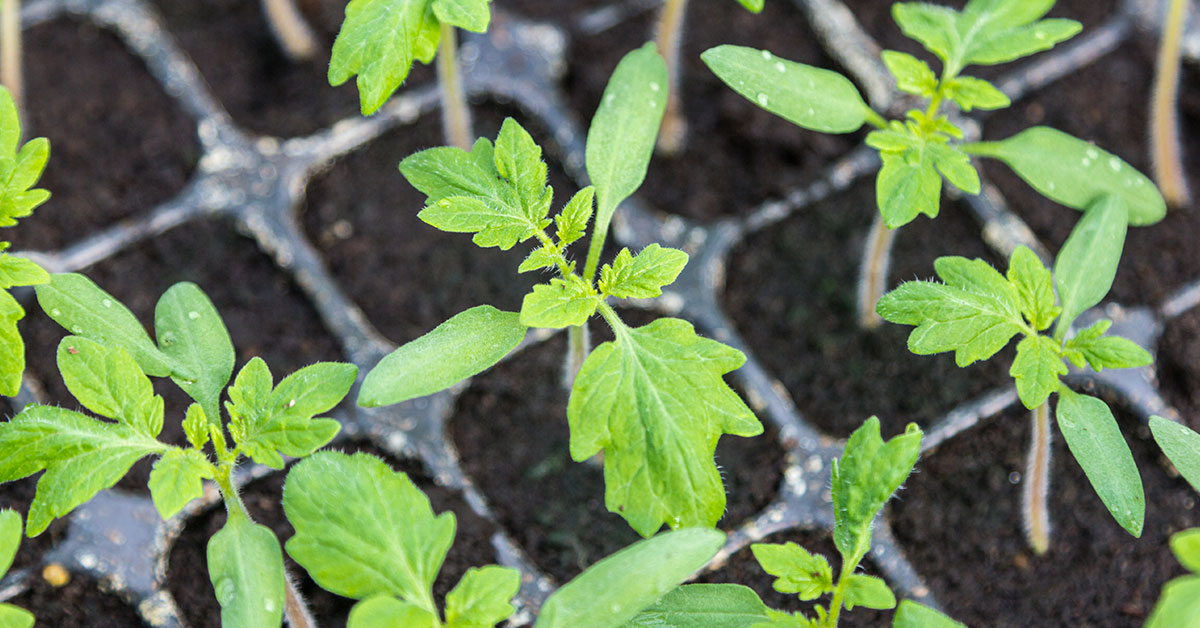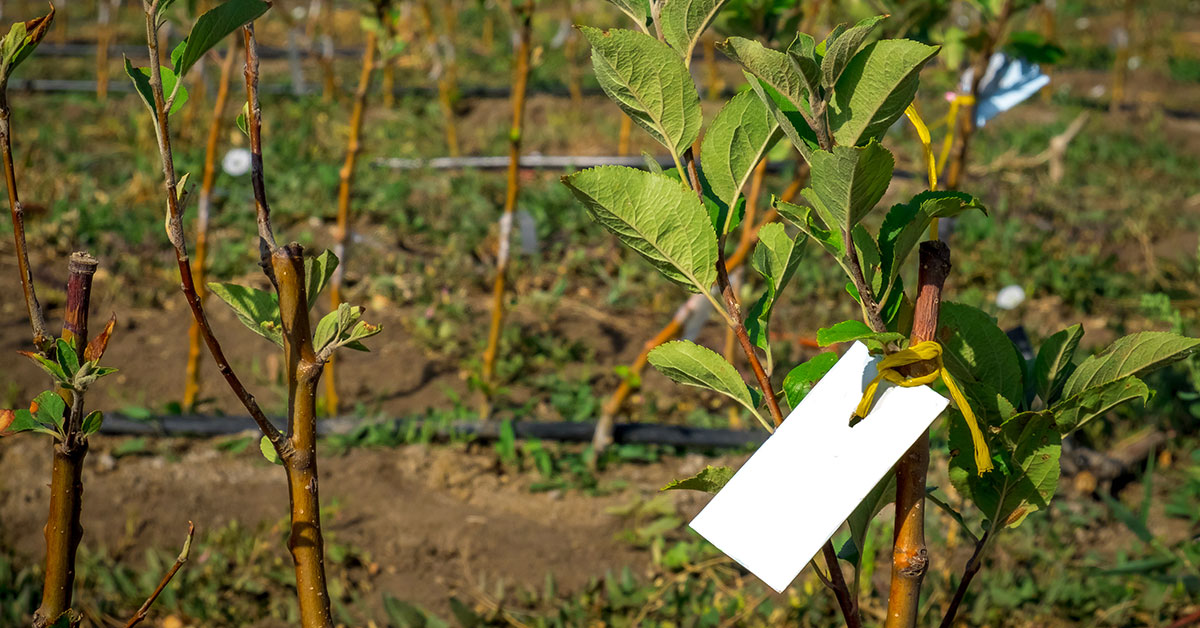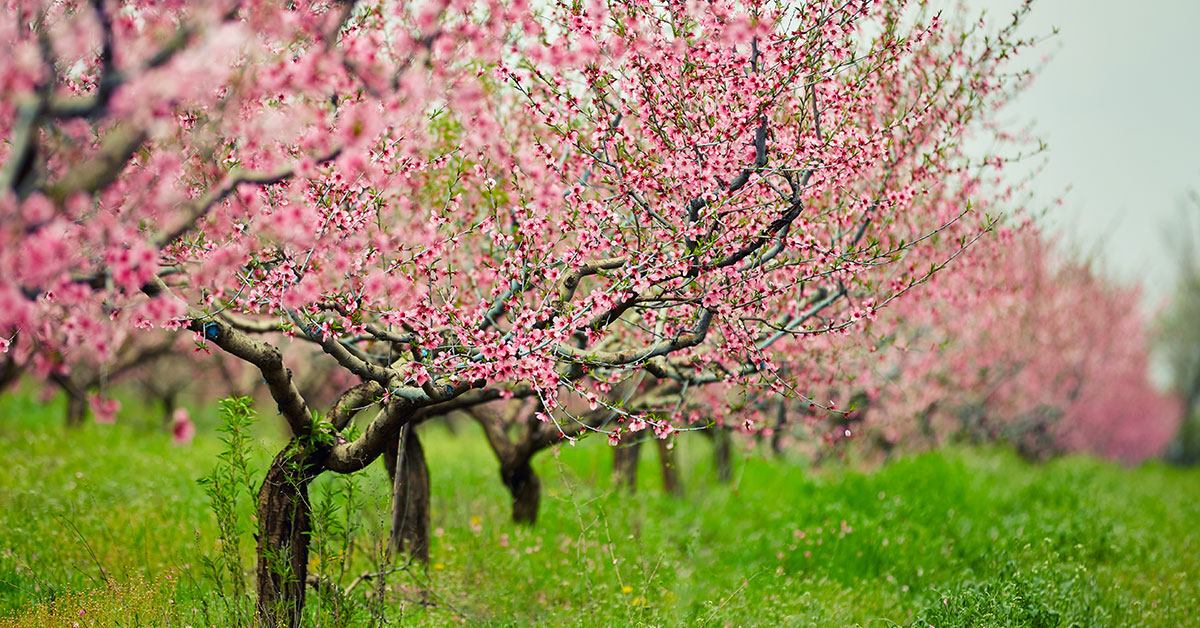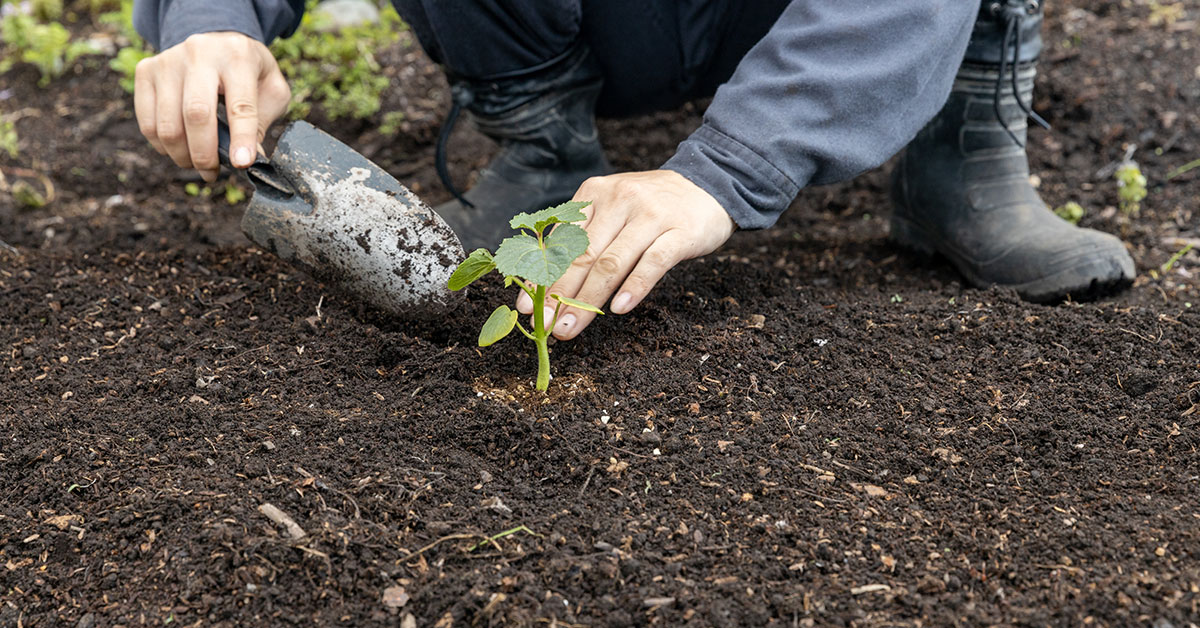Creating a garden that attracts bees and butterflies not only enhances its beauty but also supports these essential pollinators. Annual flowers are a fantastic choice for this purpose because they bloom profusely throughout the growing season, providing a continuous source of nectar and pollen. By carefully selecting the right annuals, you can transform your garden into a vibrant haven for bees and butterflies.
I can’t tell you how much joy it brings me to see my garden buzzing with activity. The sight of bees and butterflies flitting from flower to flower is truly magical. Let’s explore 19 annual flowers that will draw these delightful pollinators to your garden and make it a lively, colorful oasis.
Zinnias
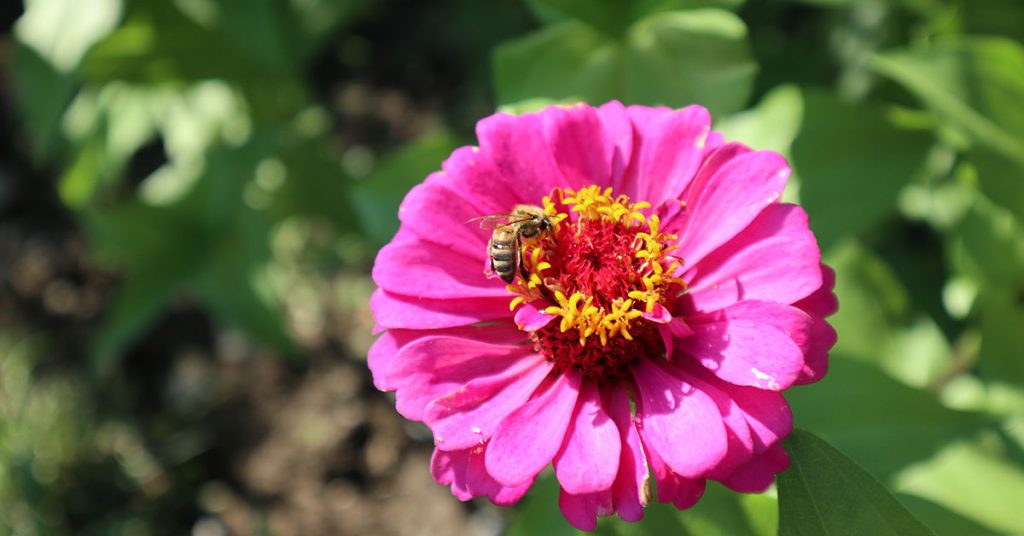
Zinnias are a must-have in any pollinator garden. These hardy annuals come in a variety of vibrant colors, including red, pink, yellow, and white. Their large, open blooms are easy for bees and butterflies to access, making them a favorite nectar source. Zinnias are also incredibly easy to grow from seed, making them perfect for gardeners of all experience levels.
I love how zinnias can brighten up any garden space. They bloom profusely from summer until the first frost, providing a long-lasting display of color. Plus, they make excellent cut flowers, so you can enjoy their beauty indoors as well. Plant zinnias in full sun for the best results and watch your garden come to life with pollinators.
Marigolds
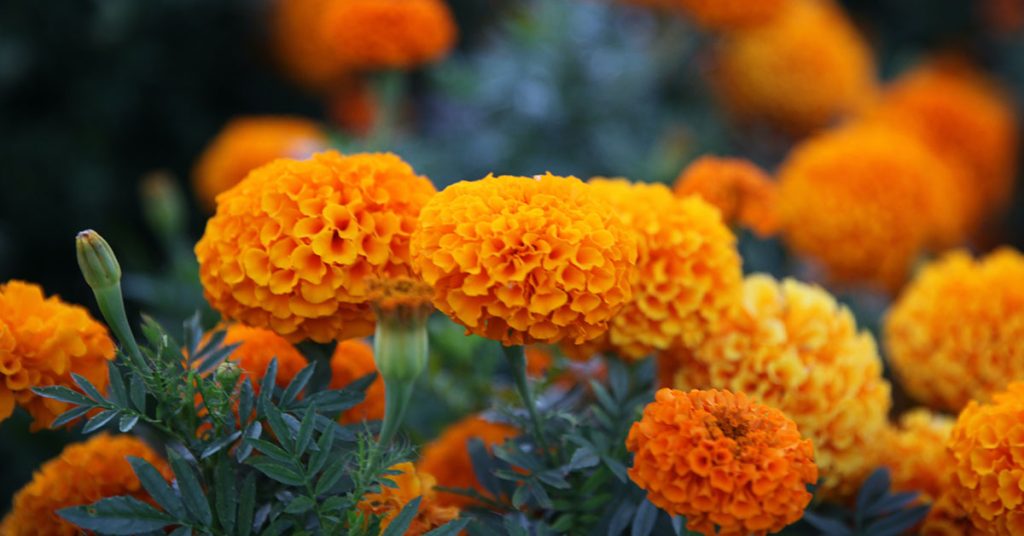
Marigolds are another fantastic choice for attracting bees and butterflies. These cheerful flowers come in shades of yellow, orange, and red, and their strong scent helps to deter garden pests. Marigolds are easy to grow and thrive in sunny locations, blooming from early summer until the first frost.
I adore the bright, sunny presence marigolds bring to my garden. They are not only beautiful but also incredibly resilient, tolerating a range of soil conditions. By planting marigolds, you provide a reliable source of nectar for pollinators while adding vibrant color to your garden.
Cosmos
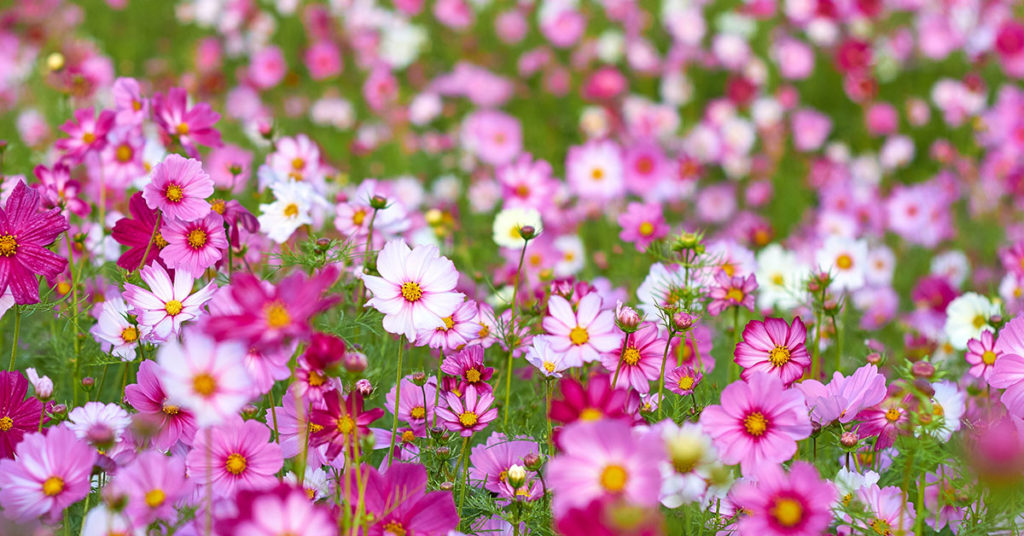
Cosmos are elegant, daisy-like flowers that attract bees and butterflies with their open, accessible blooms. Available in shades of pink, white, and purple, cosmos add a delicate charm to any garden. They are drought-tolerant and thrive in full sun, making them an excellent choice for low-maintenance gardens.
One of my favorite things about cosmos is how effortlessly they grow and bloom. They sway gently in the breeze, adding movement and grace to the garden. Plant cosmos in well-drained soil, and you’ll enjoy their cheerful presence and the flurry of pollinators they attract throughout the summer and fall.
Sunflowers
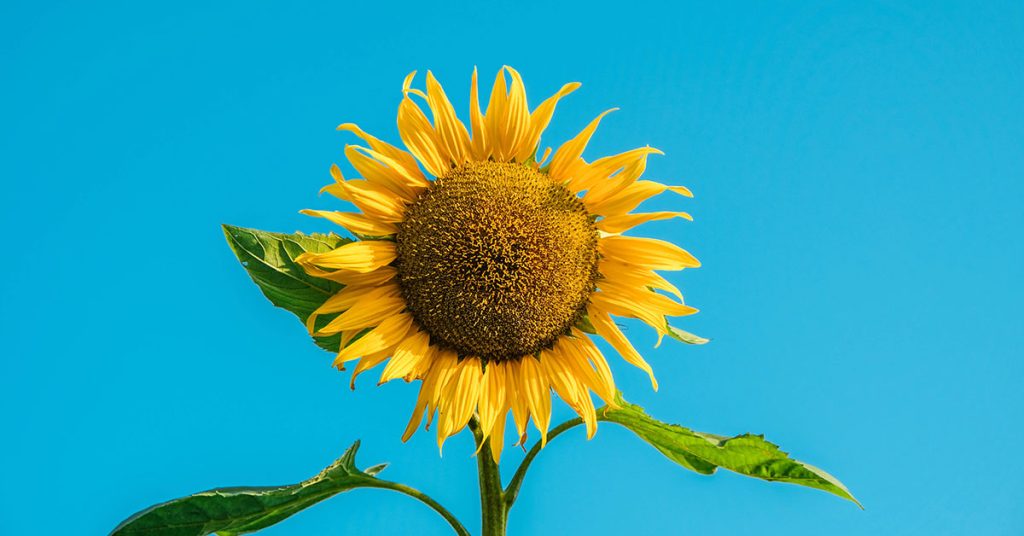
Sunflowers are iconic for their towering heights and bright yellow blooms. These annuals are a magnet for bees and butterflies, thanks to their large, open flower heads filled with nectar and pollen. Sunflowers are easy to grow and can add dramatic vertical interest to your garden.
I love watching sunflowers turn their faces toward the sun throughout the day. They are not only stunning but also incredibly beneficial for pollinators. Plant sunflowers in full sun and well-drained soil, and you’ll have a spectacular display that supports a variety of pollinators all season long.
Lantana
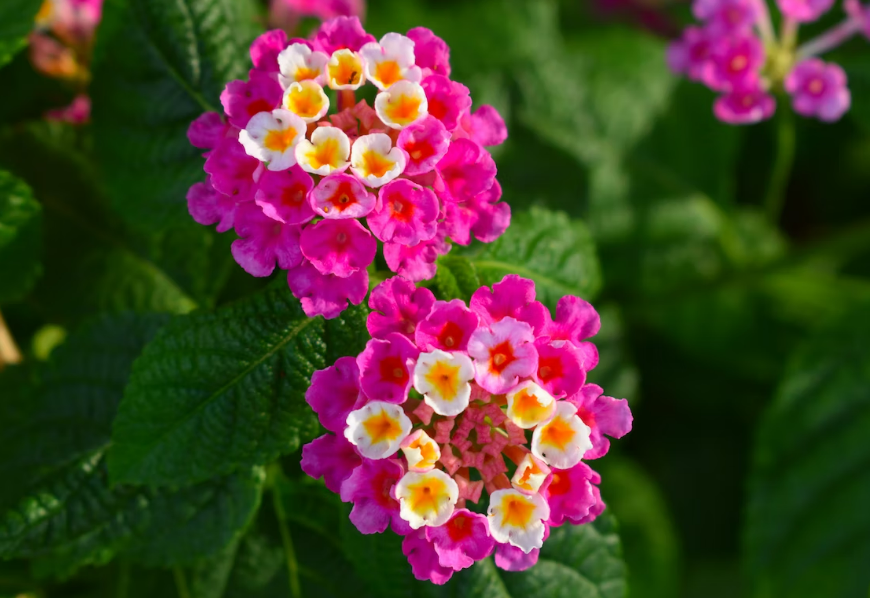
Lantana is a heat-loving annual that produces clusters of small, tubular flowers in vibrant colors like red, orange, yellow, and pink. These flowers are rich in nectar and highly attractive to bees and butterflies. Lantana thrives in full sun and well-drained soil, blooming continuously from spring until frost.
I adore the lively, tropical look of lantana in my garden. Its bright, multicolored blooms create a festive atmosphere and draw in pollinators by the dozens. Lantana is also drought-tolerant, making it an excellent choice for low-maintenance gardens that support bees and butterflies.
Snapdragons
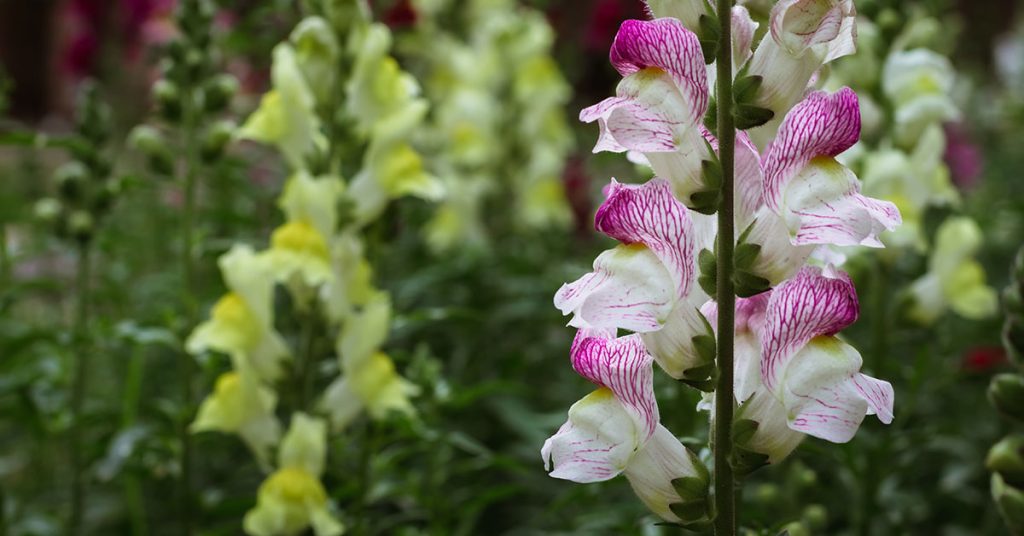
Snapdragons are beloved for their tall spikes of colorful, tubular flowers. Available in nearly every color, snapdragons are a favorite of both bees and butterflies. They prefer cooler weather, making them ideal for planting in early spring and fall. Snapdragons grow best in full sun to partial shade and well-drained soil.
I love the whimsical, dragon-like flowers of snapdragons. They add vertical interest and a playful touch to the garden. By deadheading spent blooms, you can encourage snapdragons to continue flowering throughout the season, providing a steady supply of nectar for pollinators.
Petunias
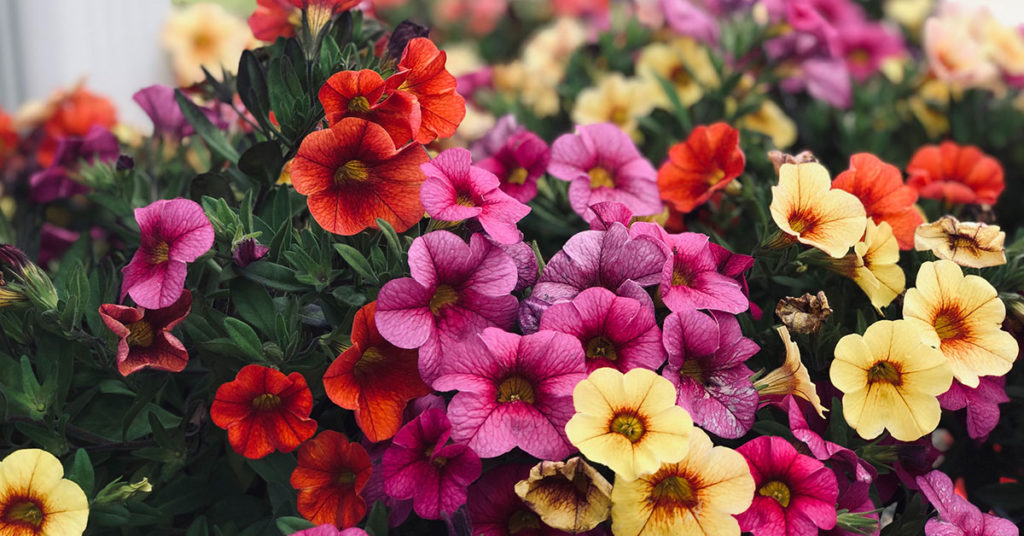
Petunias are popular annuals known for their wide range of colors and patterns. Their trumpet-shaped flowers are particularly attractive to bees and butterflies. Petunias are easy to grow and bloom profusely from spring until frost, thriving in full sun and well-drained soil.
I find petunias to be incredibly versatile and rewarding to grow. They can be planted in garden beds, containers, and hanging baskets, adding vibrant color wherever they are placed. By planting petunias, you create a welcoming environment for pollinators and enjoy a dazzling display of blooms all season long.
Sweet Alyssum
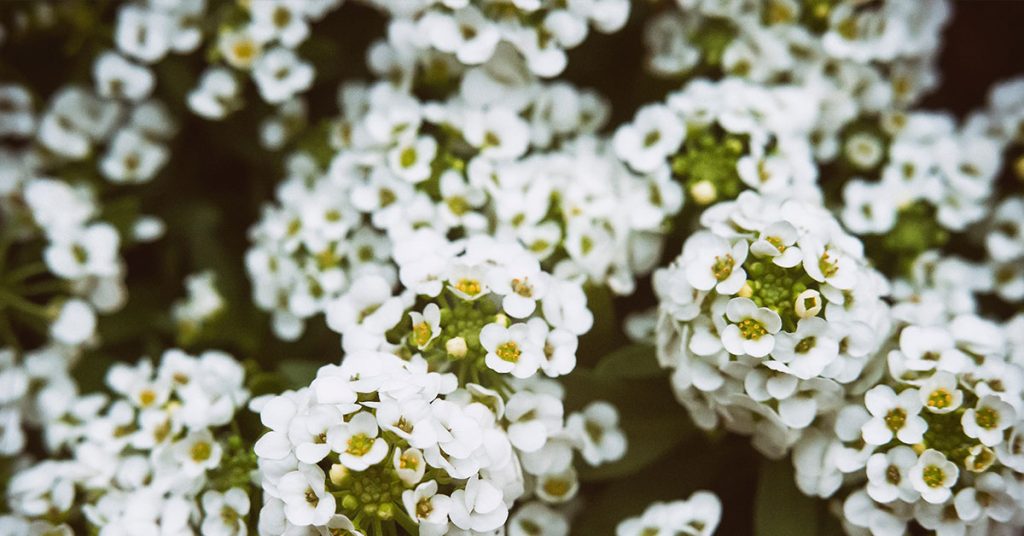
Sweet Alyssum is a charming annual with tiny, fragrant flowers that attract bees and butterflies. These flowers come in white, pink, and purple, forming dense clusters that create a carpet of color. Sweet Alyssum is easy to grow and thrives in full sun to partial shade, blooming from spring until frost.
I love the delicate beauty and sweet scent of Sweet Alyssum. It makes an excellent ground cover or edging plant, filling in spaces between larger plants. By planting Sweet Alyssum, you not only enhance your garden’s aesthetics but also provide a valuable nectar source for pollinators.
Salvia
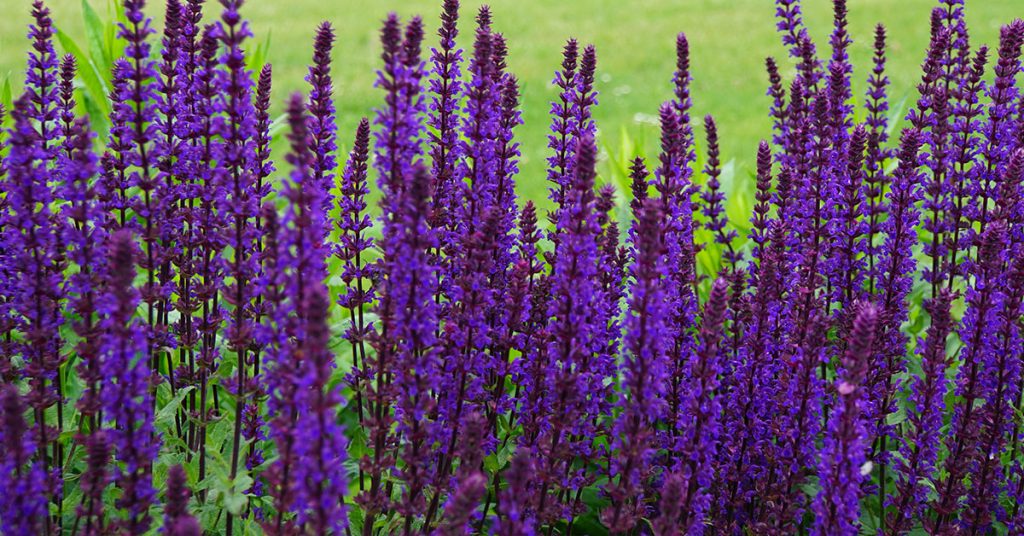
Salvia, also known as sage, is a hardy annual that produces spikes of tubular flowers in shades of blue, purple, red, and white. These flowers are highly attractive to bees and butterflies. Salvia thrives in full sun and well-drained soil, blooming continuously from summer until frost.
I appreciate the bold, upright blooms of salvia, which add structure and color to the garden. They are also drought-tolerant and low-maintenance, making them a great choice for busy gardeners. Plant salvia to enjoy a long-lasting display of vibrant flowers that support your local pollinators.
Nasturtiums
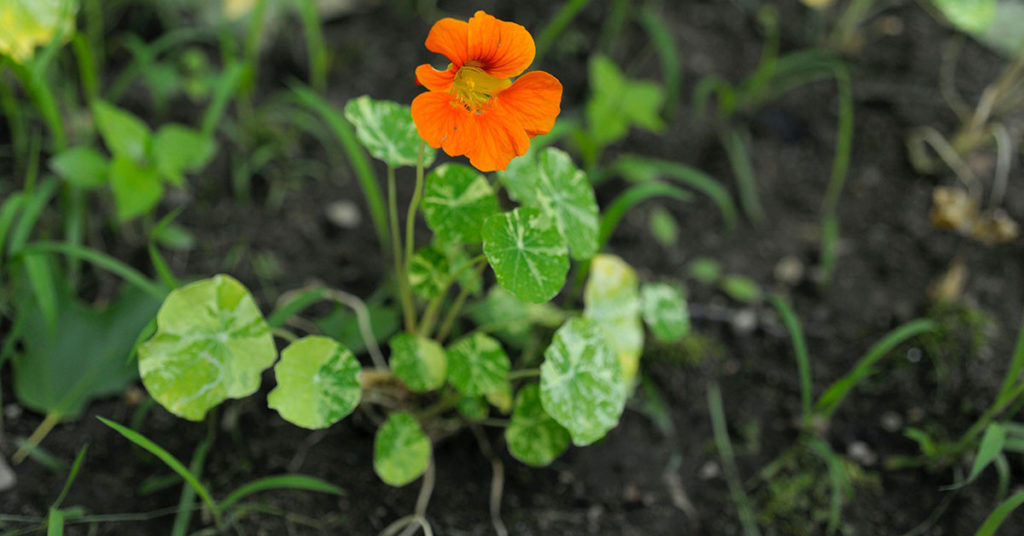
Nasturtiums are cheerful annuals with bright, funnel-shaped flowers in shades of red, orange, and yellow. These flowers are rich in nectar and particularly attractive to bees and butterflies. Nasturtiums are easy to grow and can thrive in poor soil, making them a versatile addition to any garden.
I love how nasturtiums add a pop of color and a touch of whimsy to my garden. They can be grown in garden beds, containers, or hanging baskets, and their trailing habit makes them perfect for spilling over edges. Plus, both the flowers and leaves are edible, adding a peppery flavor to salads and garnishes.
Verbena
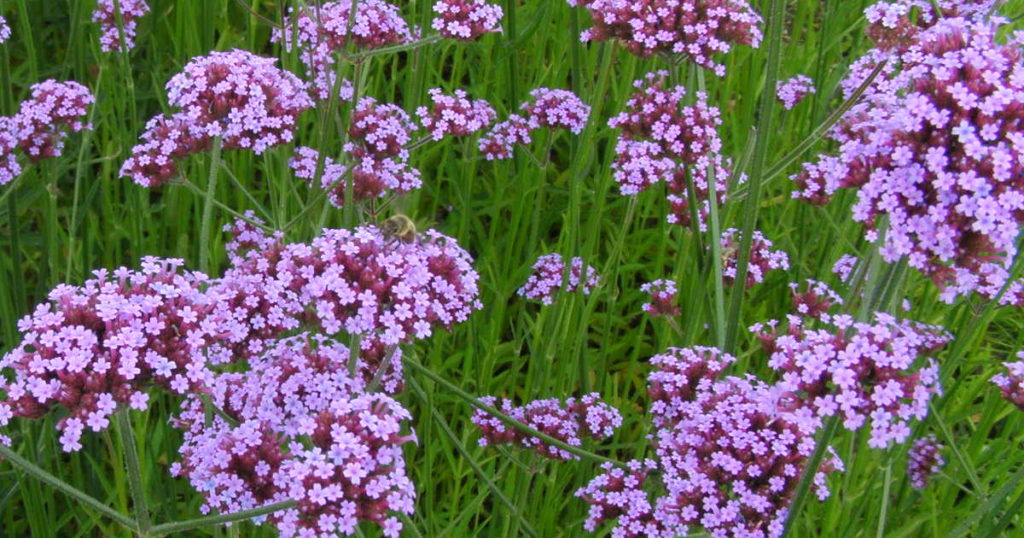
Verbena is a heat-tolerant annual that produces clusters of small, fragrant flowers in shades of purple, pink, red, and white. These flowers are a favorite of bees and butterflies. Verbena thrives in full sun and well-drained soil, blooming continuously from spring until frost.
I find verbena to be incredibly rewarding to grow. Its long blooming period and vibrant colors make it a standout in any garden. Verbena is also low-maintenance and drought-tolerant, making it a perfect choice for gardeners who want to support pollinators with minimal effort.
Borage
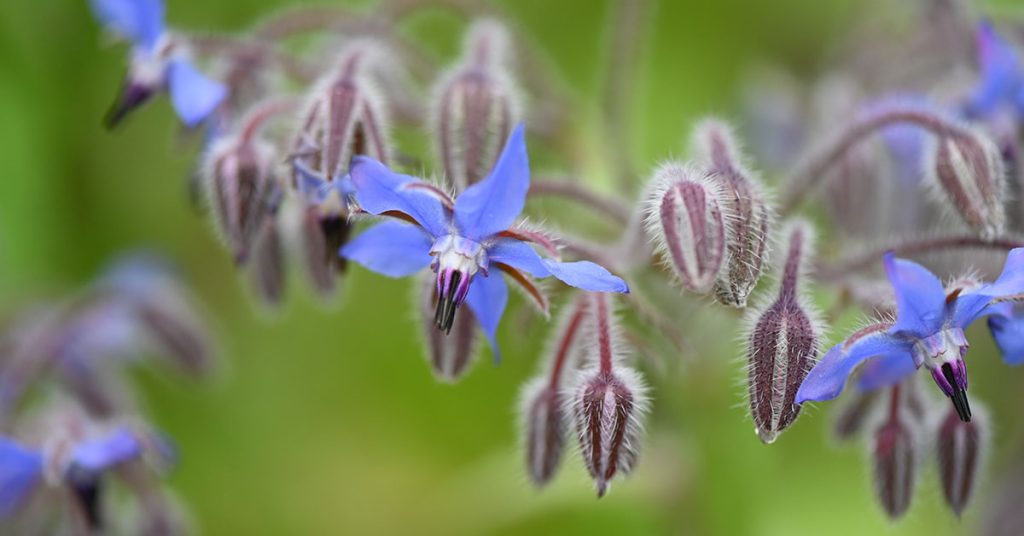
Borage, also known as starflower, is an annual herb with striking blue, star-shaped flowers. These flowers are rich in nectar and attract bees and butterflies. Borage is easy to grow and thrives in full sun and well-drained soil, blooming from spring until frost.
I love the unique, starry blooms of borage and how they add a touch of whimsy to the garden. The leaves and flowers are edible, with a mild cucumber flavor, making borage a versatile addition to both your garden and kitchen. Plant borage to support pollinators and enjoy its beauty and utility.
Calendula

Calendula, also known as pot marigold, is a cheerful annual with bright, daisy-like flowers in shades of yellow and orange. These flowers are highly attractive to bees and butterflies. Calendula is easy to grow and thrives in full sun, blooming continuously from spring until frost.
I adore the sunny, uplifting presence of calendula in my garden. It’s not only beautiful but also has medicinal properties, making it a valuable addition to any garden. By planting calendula, you create a welcoming environment for pollinators and enjoy a long-lasting display of vibrant blooms.
Cleome
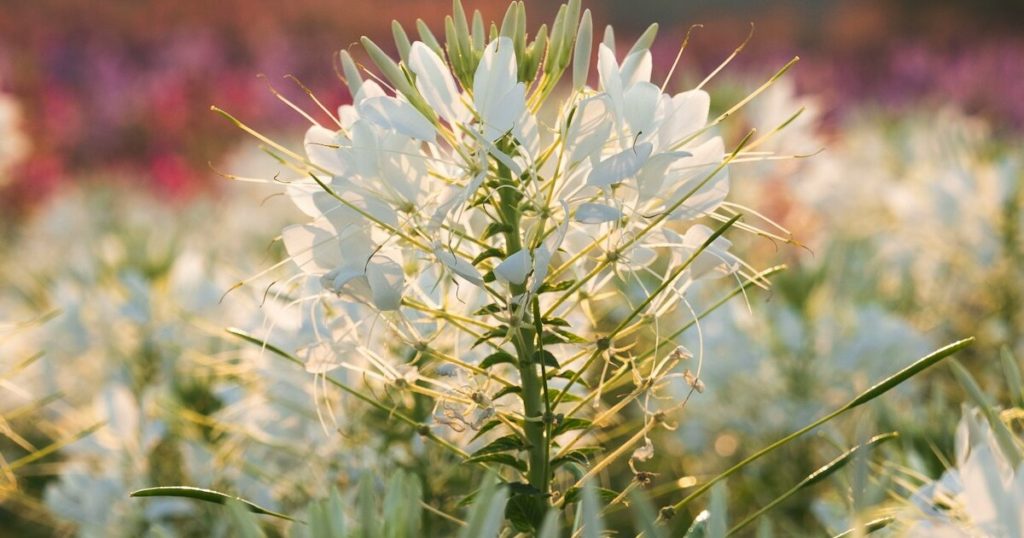
Cleome, also known as spider flower, is an eye-catching annual with tall, airy flower clusters in shades of pink, purple, and white. These flowers attract bees and butterflies with their abundant nectar. Cleome is easy to grow and thrives in full sun and well-drained soil, blooming from summer until frost.
I love the unique, spider-like blooms of cleome and how they add a touch of drama to my garden. They are perfect for adding height and interest to garden beds and borders. By planting cleome, you provide a valuable nectar source for pollinators and enjoy its striking beauty.
Tithonia
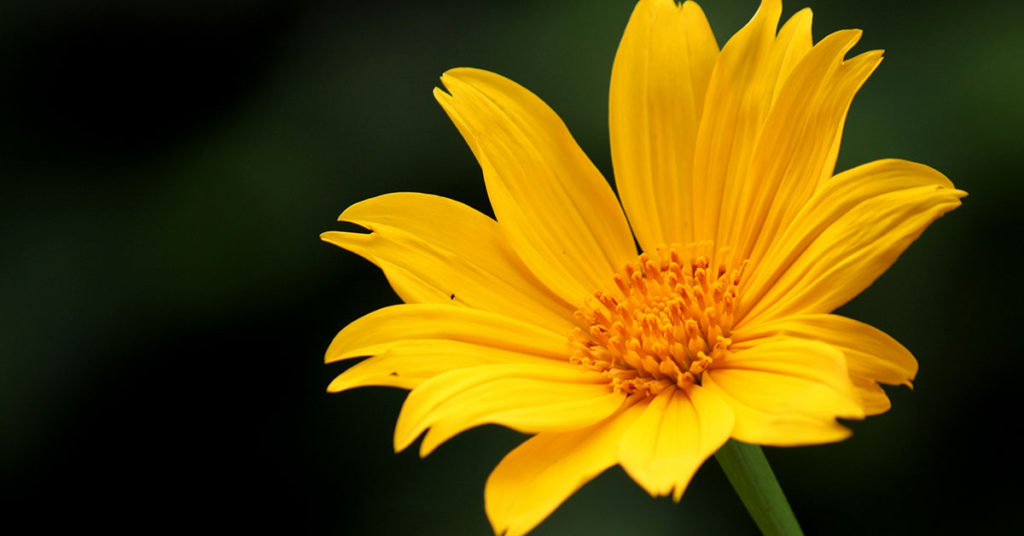
Tithonia, also known as Mexican sunflower, is a vibrant annual with large, bright orange or red flowers that attract bees and butterflies. These flowers are rich in nectar and bloom continuously from summer until frost. Tithonia thrives in full sun and well-drained soil, adding a tropical flair to your garden.
I adore the bold, cheerful blooms of tithonia and how they create a lively, festive atmosphere. They are perfect for adding height and color to garden beds and borders. Plant tithonia to support pollinators and enjoy a long-lasting display of vibrant flowers.
Lobelia
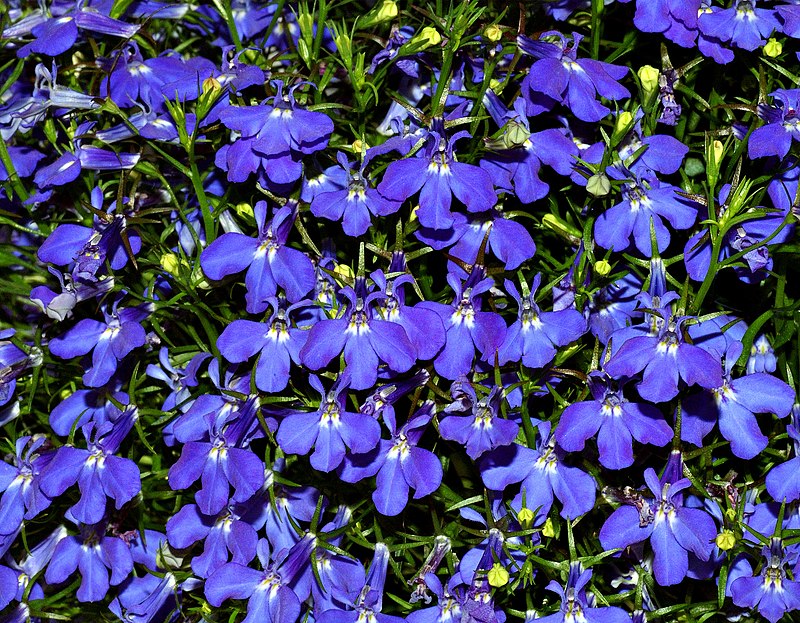
Lobelia is a charming annual with delicate, cascading flowers in shades of blue, purple, white, and pink. These flowers are particularly attractive to bees and butterflies. Lobelia thrives in full sun to partial shade and well-drained soil, blooming from spring until frost.
I love the dainty, trailing blooms of lobelia and how they add a touch of elegance to my garden. They are perfect for hanging baskets, containers, and edging. By planting lobelia, you create a welcoming environment for pollinators and enjoy its delicate beauty.
Dianthus
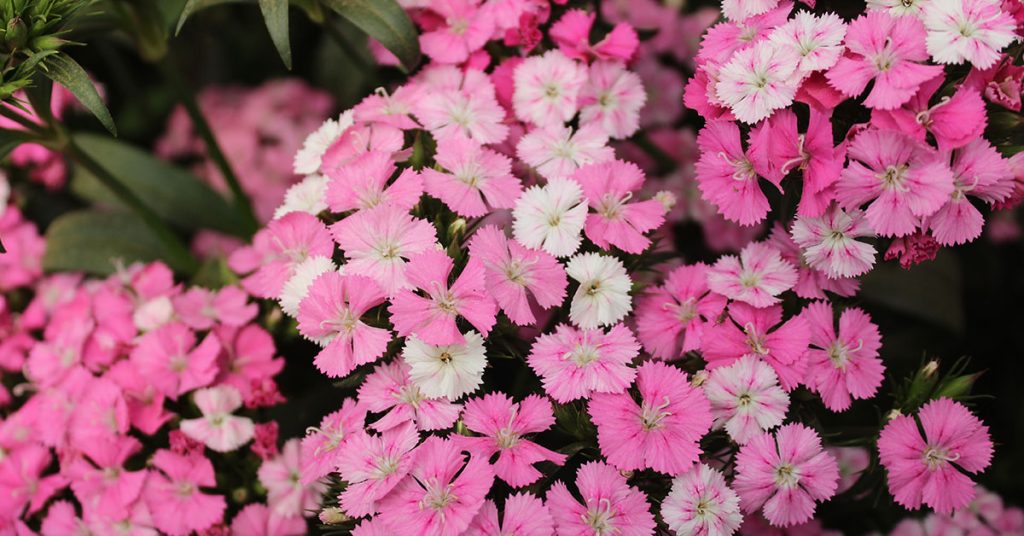
Dianthus, also known as pinks, is a delightful annual with fringed, fragrant flowers in shades of pink, red, white, and purple. These flowers are highly attractive to bees and butterflies. Dianthus thrives in full sun and well-drained soil, blooming continuously from spring until frost.
I find dianthus to be incredibly charming and versatile. Its compact growth habit makes it perfect for borders, containers, and rock gardens. By planting dianthus, you create a beautiful and pollinator-friendly garden that provides continuous blooms throughout the growing season.
Gaillardia
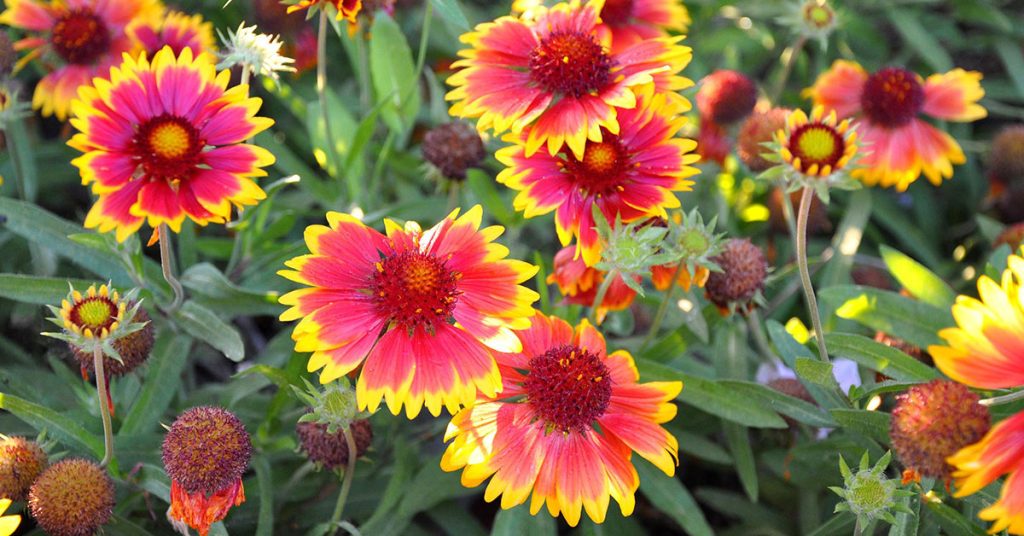
Gaillardia, also known as blanket flower, is a hardy annual with large, daisy-like flowers in shades of red, orange, and yellow. These flowers are rich in nectar and attract bees and butterflies. Gaillardia thrives in full sun and well-drained soil, blooming continuously from summer until frost.
I love the bold, cheerful blooms of gaillardia and how they add a burst of color to my garden. They are perfect for adding interest and texture to garden beds and borders. Plant gaillardia to support pollinators and enjoy a long-lasting display of vibrant flowers.
Clarkia
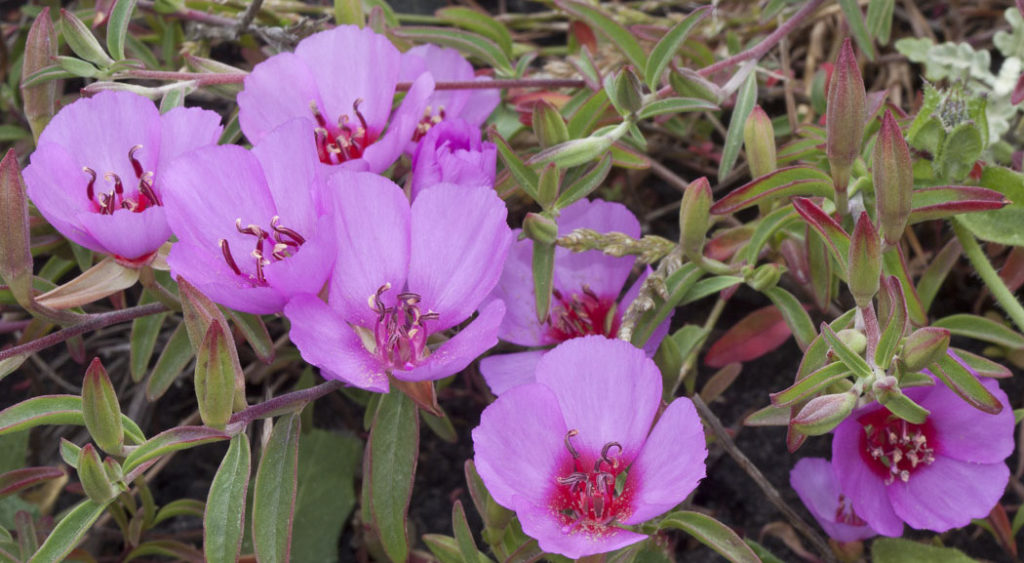
Clarkia, also known as farewell-to-spring, is a lovely annual with delicate, cup-shaped flowers in shades of pink, purple, red, and white. These flowers attract bees and butterflies with their abundant nectar. Clarkia thrives in full sun to partial shade and well-drained soil, blooming from late spring to summer.
I adore the soft, pastel blooms of clarkia and how they add a touch of romance to my garden. They are perfect for adding color and charm to garden beds and borders. By planting clarkia, you create a beautiful and pollinator-friendly garden that provides continuous blooms throughout the growing season.
By incorporating these twenty annual flowers into your garden, you can create a vibrant, pollinator-friendly environment that supports bees and butterflies while enhancing the beauty of your outdoor space.


